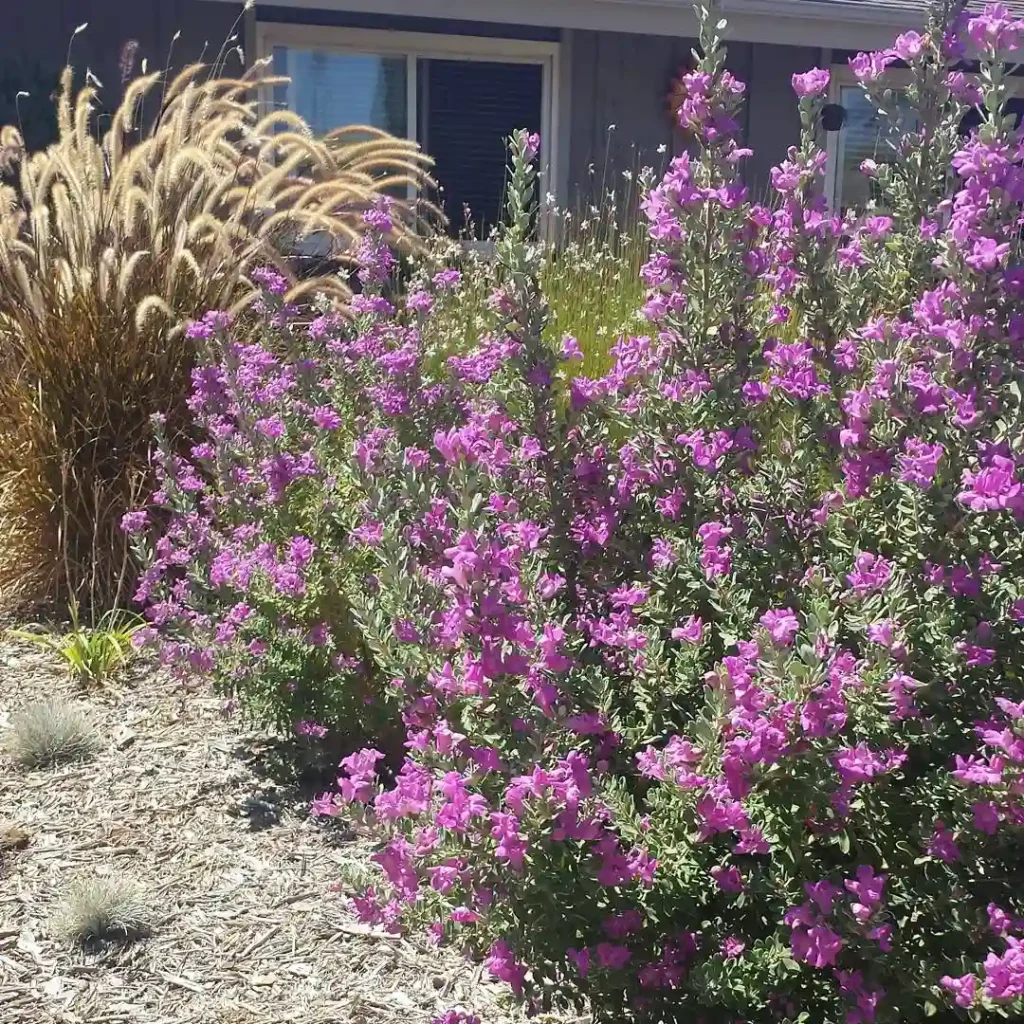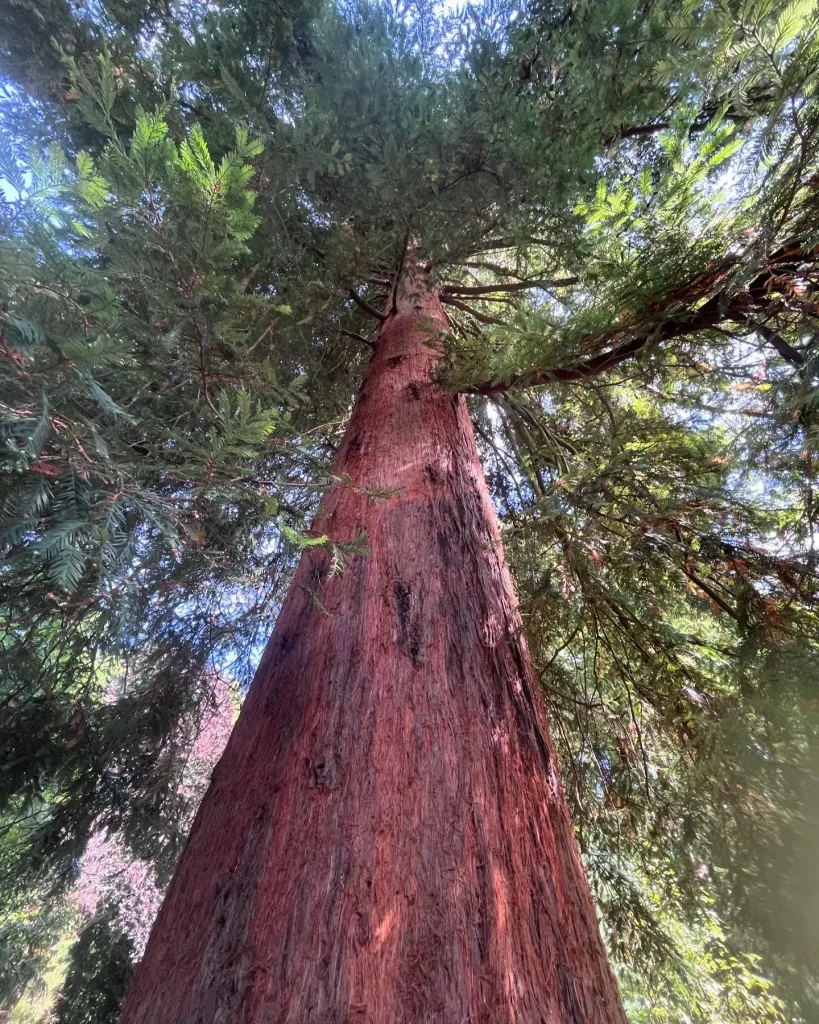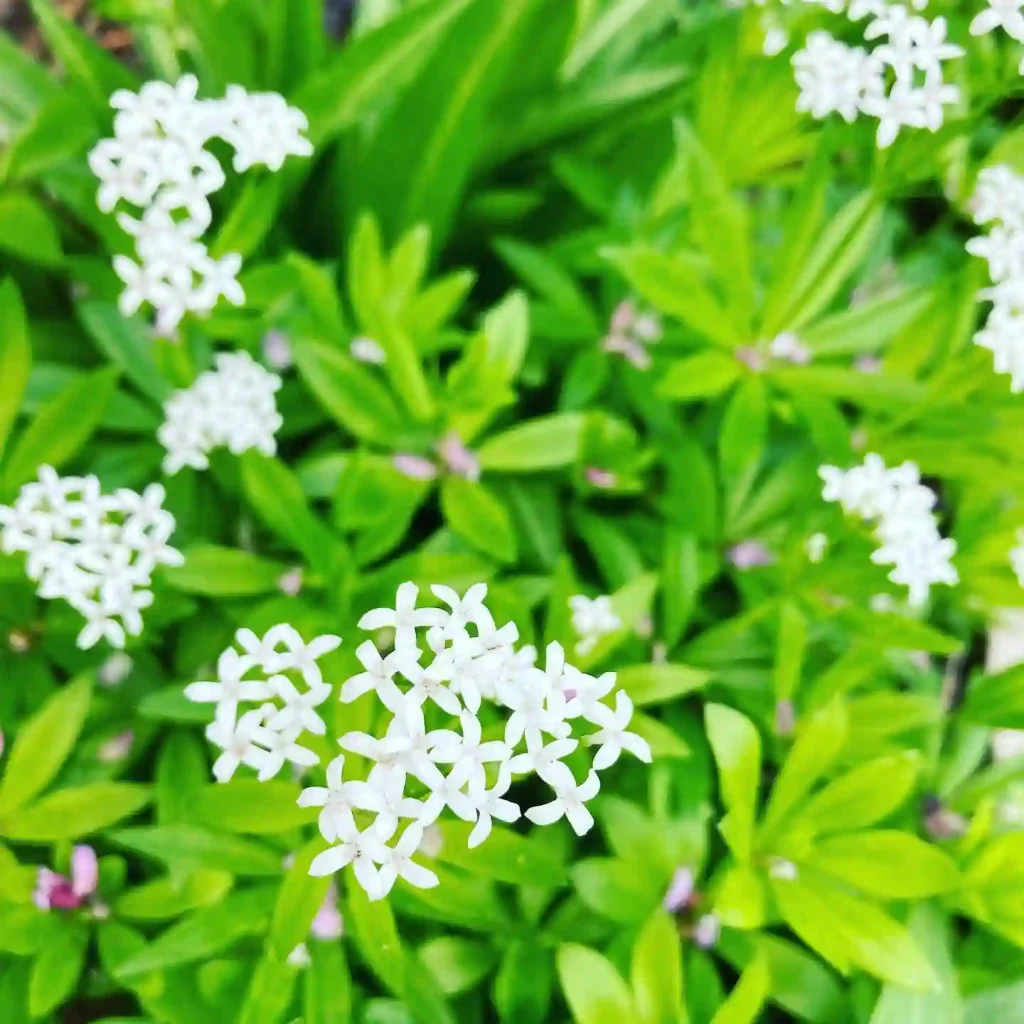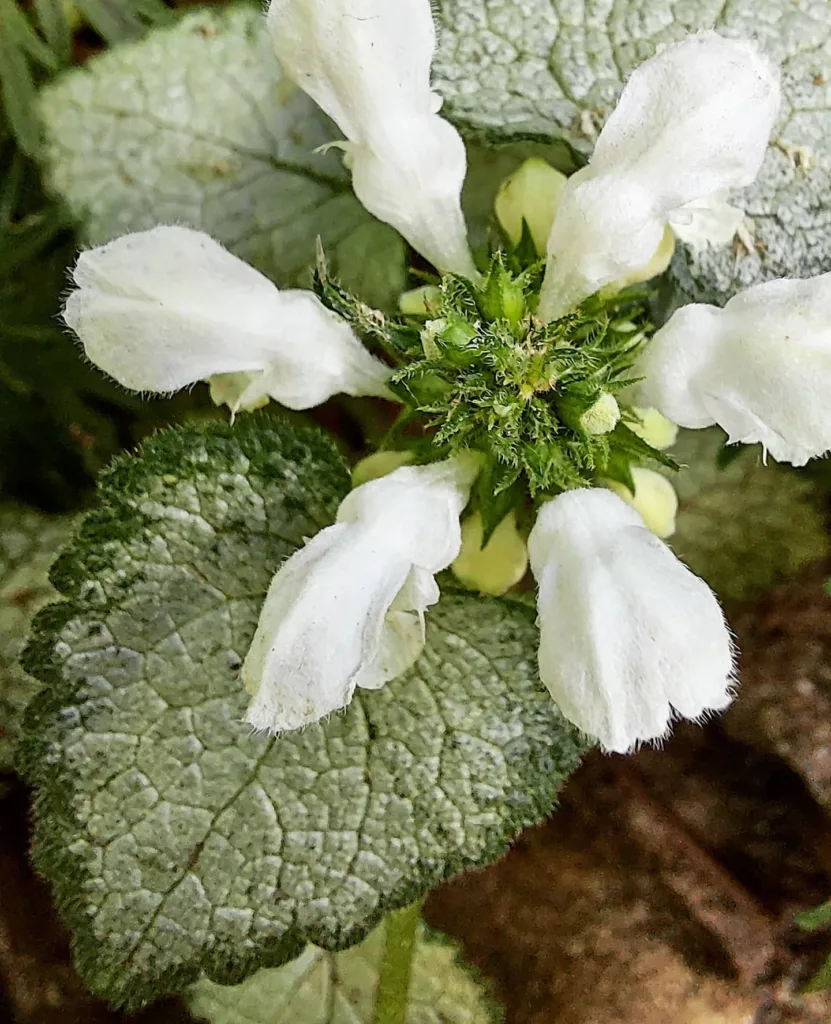
Viscum Album – The European Mistletoe: A Personal Exploration
The European mistletoe, Viscum album, is a plant that has intrigued me for years. Its name alone carries a sense of mystique and tradition, and its place in folklore and botany is equally captivating. As I’ve delved deeper into its world, I’ve discovered layers of beauty, biology, and cultural significance that make this parasitic evergreen more than just a holiday decoration.
What is Viscum Album?
Viscum Album, also known as European mistletoe, is a semi-parasitic plant that I find quite fascinating. It typically grows on a variety of host trees like apples, oaks, and pines. Its bright green leaves and white berries make it quite distinctive, especially around the winter holidays. The plant has a long history in various cultures, particularly in European folklore and traditions.
American Mistletoe vs European Mistletoe
I’ve found that American Mistletoe has a more rugged, wild appearance with its glossy, oval leaves, while European Mistletoe tends to look more refined and elegant with its broader, smoother leaves; I actually prefer the European variety for its classic holiday charm and tidier look.
What is Viscum Album used for?
I’ve come across Viscum album primarily in the context of alternative medicine. It’s often used in homeopathic remedies and has been studied for its potential in treating various ailments, including high blood pressure and certain types of cancer. Personally, I’ve read about its use in injections for cancer therapy in Europe, where it’s believed to stimulate the immune system. Some people also use it in herbal medicine for its purported benefits on the cardiovascular system.
Can Viscum Album make you test positive for oxycodone?
From what I understand, Viscum album itself would not cause a false positive for oxycodone on a drug test. Oxycodone is a specific opioid, and drug tests are designed to detect its unique metabolites. However, I suppose it’s always wise to check with a healthcare provider about any supplements or medications you’re taking if you’re concerned about drug testing.
What does Viscum Album mean?
The term “Viscum Album” translates from Latin to mean “white mistletoe,” which directly refers to the plant’s appearance and its white berries. I’ve always found botanical Latin names to be quite poetic and descriptive once you understand the roots of the words.
Why Does Mistletoe Grow on a Dogwood Tree?
How to Hang Mistletoe?
Tradition dictates hanging mistletoe wherever a kiss is desired! But for the practicalities, choose a sturdy doorway frame or a well-anchored hook on the ceiling. Avoid hanging it directly above furniture or walkways to prevent accidental bumps.
Safety tip: Mistletoe berries can be mildly toxic, so keep them out of reach of children and pets.
What Does Mistletoe Smell Like?
Mistletoe has very little scent, which is good news for those with sensitive noses. You might detect a faint, slightly musky odor, but it’s nothing overpowering.
Does Mistletoe Grow in North Carolina?
Absolutely! North Carolina has a healthy population of mistletoe, particularly in the eastern part of the state. It commonly infests hardwoods like oak, hickory, and, of course, dogwood.
How Did the Druids Use Mistletoe?
The Druids, a Celtic people, revered mistletoe for its symbolic properties. They believed it held magical powers of fertility, healing, and protection. They would ceremoniously harvest mistletoe from oak trees during the winter solstice, associating it with life and renewal during the coldest time of year.
How to Keep Mistletoe Fresh?
Since mistletoe is a cut plant when sold commercially, keeping it fresh for the holidays requires some care. Mist lightly with cool water every few days and place it in a cool, well-ventilated spot away from direct heat sources. A spritz of water on the berries can also help prevent them from drying out.
Is Holly the Same as Mistletoe?
While both are festive holiday decorations, holly and mistletoe are entirely different plants. Holly is a flowering shrub with glossy green leaves and bright red berries. Mistletoe, as we’ve established, is a hemiparasite with smooth green leaves and white berries.
Mistletoe vs Mistletoe Cactus
While the name suggests a connection, mistletoe cactus (Rhipsalis baccifera) isn’t related to the true mistletoe. This popular houseplant is a succulent with cascading stems and white or pink flowers.
How to Remove Mistletoe?
If mistletoe is heavily infesting a prized tree, it’s best to remove it. The most effective method is pruning. Carefully cut off the mistletoe growth, making sure to remove a section of the host branch where it attaches. This helps prevent regrowth.
Where to buy homeopathic Viscum album?
When I’m looking to buy homeopathic remedies like Viscum album, I usually check out specialized health stores or online shops that focus on natural and homeopathic products. Websites like Boiron or health food stores often carry these kinds of remedies. It’s important to buy from reputable sources to ensure the quality and authenticity of the product.
Final Thoughts
Viscum album is more than a parasitic plant; it’s a symbol of life, love, and resilience. Whether admired for its role in ecosystems, its medicinal potential, or its cultural significance, mistletoe holds a unique place in the natural and human world.
As I reflect on the European mistletoe, I feel a sense of gratitude for its many contributions. It connects us to ancient traditions, supports biodiversity, and hints at future scientific discoveries. And, of course, it reminds us to pause, connect, and maybe even share a kiss under its evergreen leaves.



